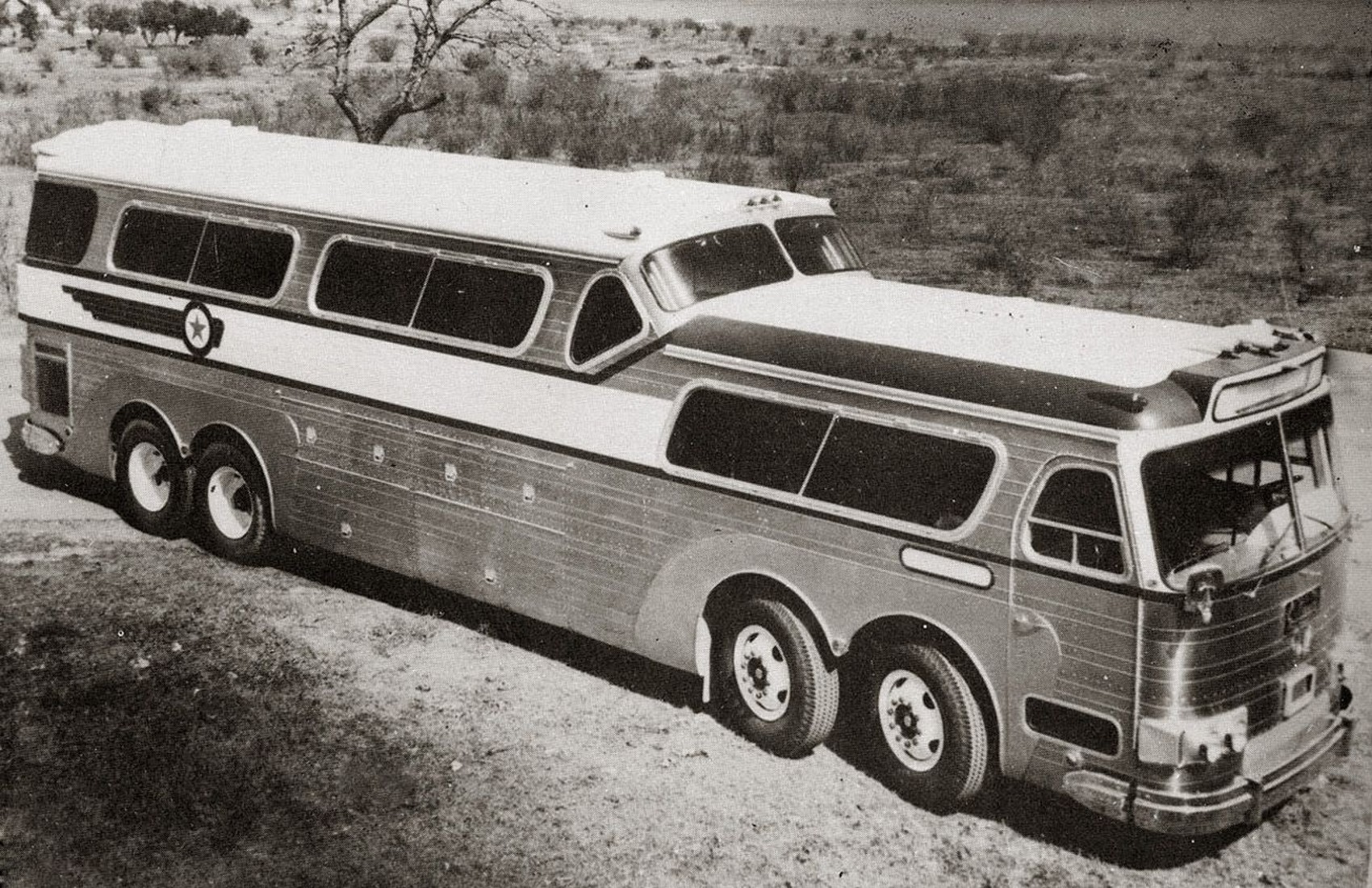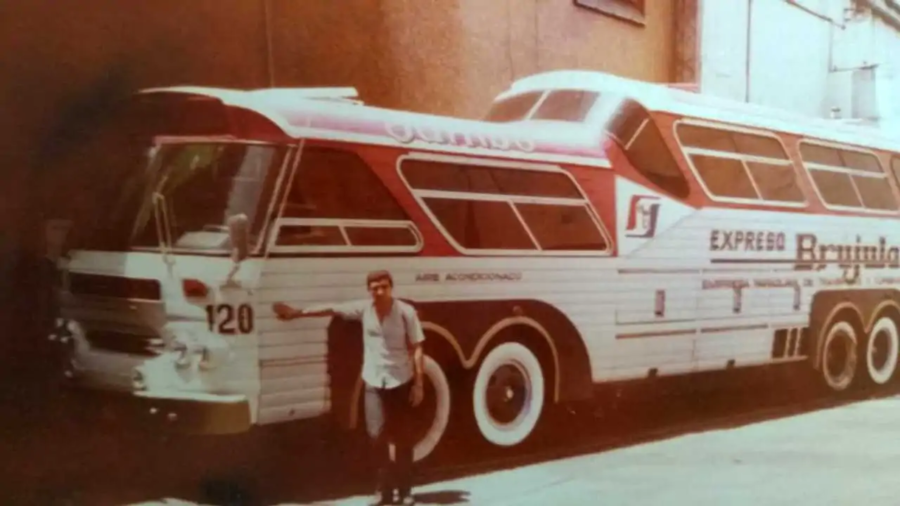| El fin de los Sultana, legendarios autobuses hechos en México Festival Nudista Zipolite 2023 Conoce México Así se vivirá el Festival Nudista de Zipolite 2023 Oaxaca · México Desconocido ... |
The end of the Sultana, legendary buses made in Mexico
For three decades, the Sultanas were the kings of the Mexican and Latin American roads, but everything collapsed due to a terrible government decision.
It is surprising that until relatively few decades ago, all the mobility of people on the roads of the Mexican Republic was carried out through passenger trucks made in Mexico, to be more precise in the once famous Sultana buses.
It was a brand of the Trailers de Monterrey company , which saw in the growing interest of Mexicans to visit different parts of the country, the perfect opportunity to sell buses to the different transport lines.
Sultana buses, the kings of the roads
To give us an idea of their almost omnipresence, it is known that Transportes del Norte, Los Chihuahuenses , Tres Estrellas de Oro , Transportes del Pacífico , Transportes Norte de Sonora , Autotransportes La Alteña , Autobuses de Occidente , Autotransportes Mantem , Estrella served with them. Roja and Estrella de Oro , to mention a few companies.
By the way, the latter innovated in its time, thanks to the power of the Sultana buses , by offering a trip of only five and a half hours from Mexico to Acapulco . But the most surprising thing was that with the Sultanas he opened the Mexico-Tijuana route , with a travel time of 36 hours, using four drivers on this trip, a feat.
Loved for rugged and luxurious
And carriers opened this and other routes from the mid-1950s to the late '70s, first with the Sultan Super Imperial TM-37-7D , then the Model 7, then the Super Imperial 8 , while for 1959 they released an innovation, it was the first panoramic bus made in Mexico, people called it "hunchback".
For soon, Sultana buses, equipped with springs resistant to potholes on highways and dirt roads, helped passenger transport companies to open new routes or reduce travel time on existing ones.
Sultana buses “invaded” Latin America
Its virtues were also appreciated by transport companies from Latin American countries, which is why they decided to import Mexican buses to their respective nations, as was the case in Peru, Colombia, Argentina, Guatemala and Honduras.
Models such as the SP (Super Panoramic) arrived to those nations, a unit equipped with 40 luxury seats, cafeteria, reading room, air conditioning and restrooms. Also the Sultana 10 Std, which was used to serve as urban passenger transport in Paraguay. It is for these and other models that the Sultana are remembered to this day by the older Latin American population.
The end of Sultana buses
But it all ended for Trailers de Monterrey, the company that produced the Sultanas, when it had to compete unequally with Dina, a bus-manufacturing company created by the Mexican state to assemble passenger buses.
This is because Dina not only had profits from the sale of her vehicles, she also had a public budget to operate. Sultanas stopped being made and sold in 1981.






E uma pena esses ônibus icônicos, terem chegado ao fim, por manobras escusas de governantes de caráter duvidosos!
ReplyDelete